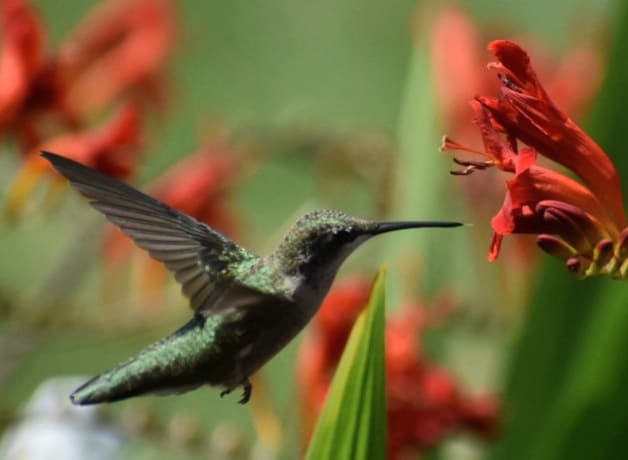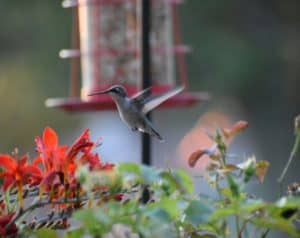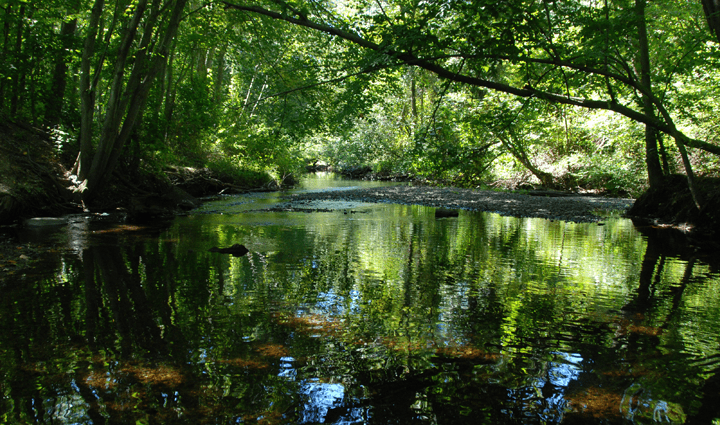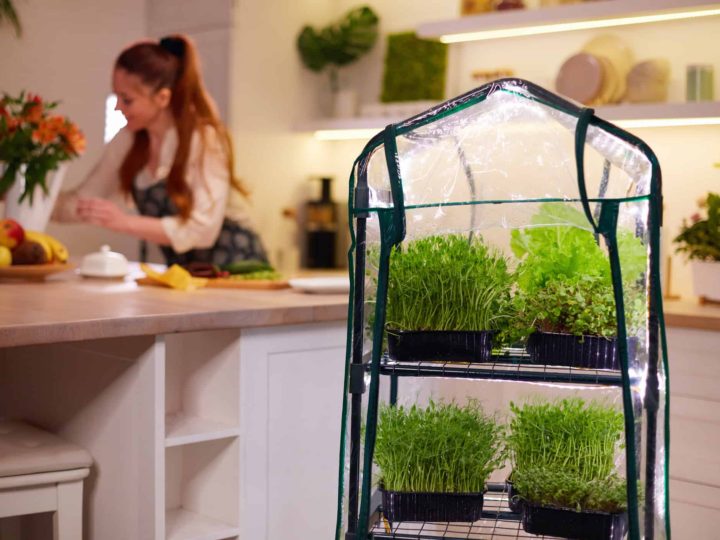
When we are younger and have small children or busy careers, there often isn’t much time to indulge in our favorite pursuits or try new things. As we age, and our time becomes more our own, however, we often take up new hobbies and delve deeper into our interests.
Some people take to painting, others photography, pickleball, needlepoint, crotchet, charity work, biking, hiking, or woodworking; the possibilities are endless. One hobby that has been popular since the Victorian era is birdwatching. Whether sitting by a bird feeder or walking a park with a guidebook, notebook, camera, and binoculars, collecting sightings of common visitors as well as some of our rarer avian friends, is—for bird enthusiasts—like treasure hunting. While sightings of a very off-course Roseate Spoonbill or Snowy Owl can bring a murmuration of birdwatchers to a supposedly hot viewing location, there are others whose interests lie in only one bird. That of course is the physics defying, nectar thirsting, no-bigger-than-your-thumb, master of the sky: the hummingbird.
Due to their incredibly small size and quickness, hummingbirds can be difficult to spot. In addition to their diminutive size and blink-and-it’s-gone speed, the hummingbird’s unique diet means that even if you have the lushest of gardens, if it doesn’t see what it likes, the hummingbird will pass you by like a midtown cabbie on a rainy night.
To successfully lure hummingbirds, you must follow the words often attributed to famed general and philosopher Sun Tzu: “To know your enemy, you must become your enemy…” In other words, one must become a hummingbird, to see how it sees, think how it thinks, and drink how it drinks. This guide will help anyone desirous of making their garden Stop Number One along the hummingbird’s never-ending nectar pub crawl so they can witness one of nature’s most unique creatures carrying out their fascinating and beautiful, aeronautic feeding ballet.
The first step towards knowing a hummingbird is understanding what kind you’re trying to attract. For the most part, there is only one species that ventures north from Central America and Mexico to make Connecticut its summer home: the Ruby Throated Hummingbird. The male has a red throat and dark head with green back and wings. The female has a white chest and throat and green back and wings.
While hummingbirds feed on gnats, spiders, flies, and beetles, to keep their wings moving at 53-beats per second, it takes a sugar high suitable only for tiny birds and Buddy the Elf. The nectar that flowers secrete contains a mix of fructose, glucose, and sucrose that can be up to 80 percent sugar. All that sugar helps these geeked up birds reach speeds up to 60 miles per hour on their endless search for food.
Trying to lure hummingbirds to a garden or just a nectar feeder can be frustrating; it seems these minuscule, sugar-addicted fowl cannot always be trusted to behave the way one expects. Hummingbirds have extraordinary eyesight that allows them to see colors in the ultraviolet spectrum so they can actually see colors that humans can’t. This ability, along with their excellent sense of direction and memory, allows them to pinpoint possible feeding sources while zipping over them and, once found, remember where they are and how to return to them, year after year. While hummingbirds are attracted to flowers with colors across the spectrum, the one color that will most assuredly make a hummingbird hit the brakes and drop by to investigate your garden is the color red. Whether flowers or a hummingbird feeder, red is the hue to shoot for.
So now that everyone understands what a hummingbird wants and what it is looking for, let the gardening begin. Because hummingbirds first arrive back in Connecticut in the spring and leave in early fall, it’s good to have shrubs, annuals, baskets, and perennials that bloom at different times to keep them visiting your garden. Spring flowers that attract hummingbirds are wild columbine, azalea shrubs, foxglove, heuchera (coral bells), and Major Wheeler honeysuckle vine. If you’re starting with a feeder, you can entice hummingbirds with a bright red feeder and to make sure they see it, hang a red ribbon from it.
Once you’ve attracted birds to your feeder, it’s important to keep it full and clean. If hummingbirds have identified your yard as a place to feed, you might notice that they don’t play nice. They’re highly territorial, and one humming bully can intimidate and chase away many hungry hummingbirds. To keep these bullies from ruling your yard as their personal fiefdom, spread out your plants and put feeders far apart so the exhaustion of chasing off interlopers will make your bully give in and accept its neighbors.
Once the summer fully kicks in, the types of plants that hummingbirds love to visit increases. A yard with cardinal flower, red hot poker, bee balm, butterfly weed, and a trumpet vine on a pergola will surely have you seeing many Ruby-Throated visits throughout the day. The one plant that seems to consistently stand out (in my yard at least) is the scarlet red Crocosmia Lucifer. Many of these summer flowers bloom into the fall keeping the tiny hummingbirds well fed for their 2,000-mile trip back home.
Once a garden is established and drawing in visitors, capturing their beauty with a camera can become a hobby in itself. Although hummingbirds can become quite used to homeowners and will sometimes even land on their hands, trying to snap a clean photo of them, while feeding mid-hover, takes patience and timing. In a world filled with many hobbies, it is the most extreme sport.





